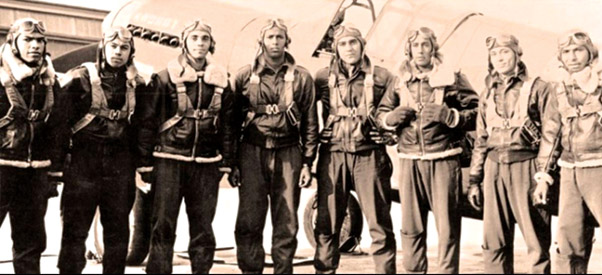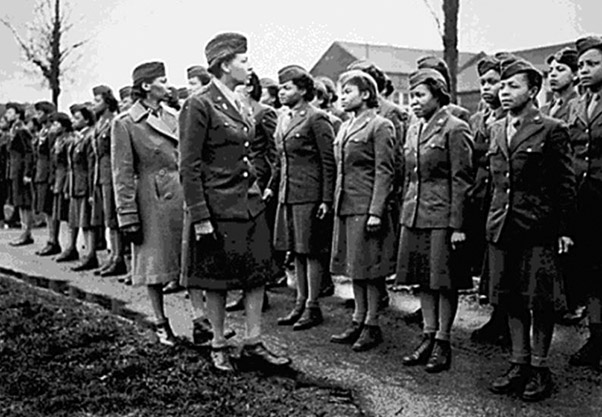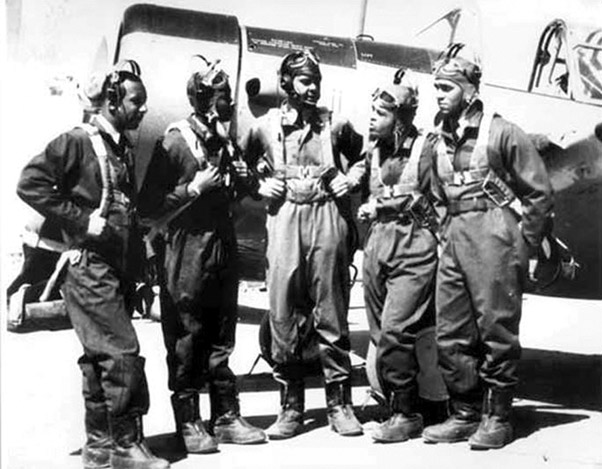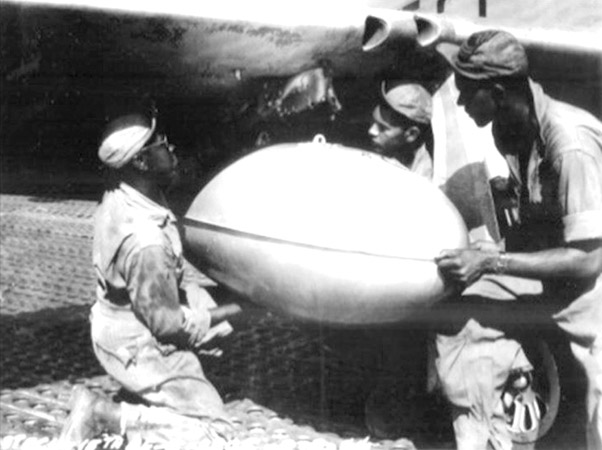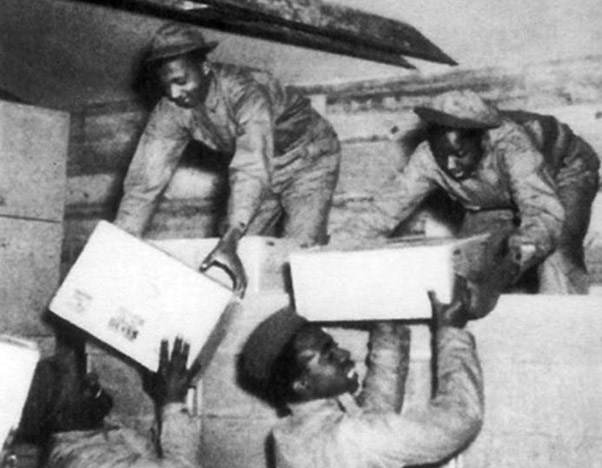The 75th anniversary of the legendary Tuskegee Airmen of World War II celebration is March 24 at Luke Air Force Base. The Archer-Ragsdale Arizona Chapter of Tuskegee Airmen, Inc. joins the national and international celebration and also announces its 10th anniversary and the 3rd annual Tuskegee Airmen Commemoration Day in Arizona.
Today, more than 50 Tuskegee Airmen chapters are established nationwide with a two-fold purpose: To honor the accomplishments of those who trained and performed as Tuskegee Airmen during World War II and inspire youth to outstanding achievements and leadership through social and educational activities in science, technology, engineering, math and the arts.
During the past ten years, ARAC Aviation Cadet Program has reached more than 300 young people and provided over 200 orientation flights. Through its partnerships with the Experimental Aircraft Association and other aviation organizations, these students have been exposed to flying units, flight simulations, and aerospace facilities at airports, and military bases. The activities are:
10 a.m. March 24 3rd Annual Commemoration Day at the Tuskegee Airman Air Park at Luke AFB
11:30 a.m. March 24 Tuskegee Commemoration Reception at Club Five Six at Luke
History of the Tuskegee Airmen
The first African American aviation unit began in March 1941 with the activation of the U.S. Army Air Corps 99th Pursuit Squadron at Chanute Field, Illinois. The first aviation cadet class began in July of that year and completed training in March 1942.
From 1942 through 1946, more than 16,000 men and women participated in the “Tuskegee Experience,” including approximately 996 pilots. Navigators, bombardiers, gunnery crews, mechanics, ground crew, air traffic controllers, meteorologists, nurses, stenographers, armorers and other support personnel established the first black combat aviation unit trained at Tuskegee Army Air Field, Alabama, and other locations.
Four hundred and fifty pilots served overseas in the 332nd Fighter Group comprised of the 99th, 100th, 301st and 302nd pursuit squadrons. These aviators flew more than 15,000 sorties, destroyed or damaged over 400 enemy aircraft, destroyed more than 1,000 military targets and sunk an enemy destroyer. This record is unequalled by any other unit in the history of American combat. Of the Tuskegee Airmen, 66 lost their lives and 32 spent time as prisoners-of-war. Their awards included a Legion of Merit, Silver Star, 150 Distinguished Flying Crosses, 744 Air Medals, 14 Bronze Stars and eight Purple Hearts.
Despite the outstanding performance of the Tuskegee Airmen during WWII, they continued to face the persistent barriers of racial inequality. Nevertheless, these great patriots immersed themselves in making their communities, towns and cities better places in which to live. They excelled as businessmen, doctors, educators, and lawyers, and a host of other endeavors. Tuskegee Airman Coleman Young served as Mayor of Detroit for 20 years. Others held key roles in government at the city, state and national level. Sixteen Tuskegee Airmen had ties to Arizona; eight surviving members still reside in the state.
President George W. Bush presented the Congressional Gold Medal to approximately 300 surviving Tuskegee Airmen or widows of deceased Tuskegee Airmen on March 29, 2007, at the U.S. Capitol rotunda in Washington, D.C.
Gov. Janice Brewer signed SB1128 into law April 4, 2013, making the fourth Thursday in March the Tuskegee Airmen Commemoration Day, the only state in the nation to do so.
For more information, call Ben Bruce at 623-856-6105.






